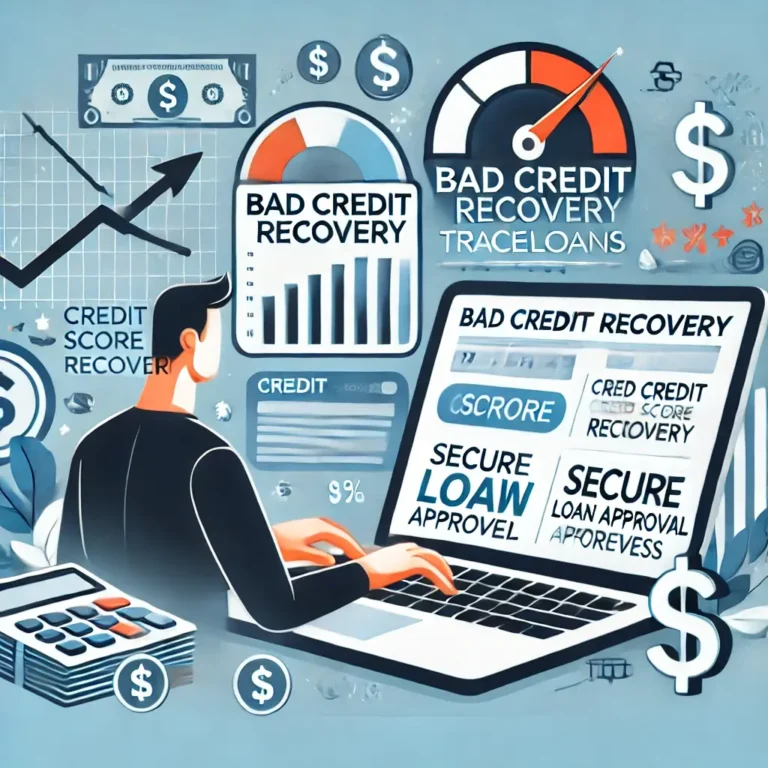How to Clean Up Your Tech Life After Divorce
Divorce brings significant changes, making it essential to learn how to clean up your tech life after divorce for privacy, security, and a fresh start.
From shared accounts to social media profiles, ensuring your tech is secure and organized can provide peace of mind as you move forward. In this guide, we’ll outline how to clean up your tech life after divorce, ensuring digital security, privacy, and a fresh start.
Why Cleaning Up Your Tech Matters Post-Divorce
Divorce involves dividing physical assets, but how to clean up your tech life after divorce is just as important. Shared accounts, connected devices, and mutual subscriptions can lead to complications or privacy risks if not managed correctly. Taking control of your digital space helps you:
- Protect personal information.
- Secure financial and legal data.
- Avoid unnecessary conflicts over shared tech.
- Start fresh in a clean digital environment.
Audit and Update Shared Accounts
How to clean up your tech life after divorce begins with identifying and managing shared accounts. Begin by listing all accounts you shared with your former partner. These may include:
- Streaming services like Netflix or Spotify.
- Shopping accounts such as Amazon or eBay.
- Financial platforms like PayPal, Venmo, or online banking.
- Utility or subscription services (e.g., internet, mobile plans).
Change Passwords
Update passwords for accounts that are solely yours. For shared accounts, discuss ownership or create separate accounts. Use strong, unique passwords and consider a password manager to securely track them.
Remove Unnecessary Links
For platforms like Google or iCloud, ensure your accounts are delinked if previously connected. For example, in Gmail, navigate to Settings > Accounts to remove linked accounts.
Secure Your Devices
A key part of how to clean up your tech life after divorce is securing your devices.
Reset Shared Devices
If you shared devices like laptops, smartphones, or tablets, perform a factory reset before returning or repurposing them. Ensure personal data is backed up before resetting.
Update Device Ownership
For devices you retain, log out of all accounts associated with your ex-spouse. This includes app logins, Apple ID, Google accounts, and Microsoft profiles.
Enable Two-Factor Authentication (2FA)
Add an extra layer of security by enabling 2FA on your devices and important accounts. Services like Google, Apple, and Amazon offer this feature for free.
Organize and Protect Digital Photos and Files
When learning how to clean up your tech life after divorce, don’t forget to organize and protect important files.
Separate Shared Photos
If you shared a cloud photo library, download your copies and remove them from shared access. Tools like Google Photos or iCloud make exporting images easy.
Protect Important Documents
Store legal and financial documents in a secure cloud storage system like Dropbox, Google Drive, or OneDrive. Restrict access and set strong passwords.
Backup Everything
Invest in an external hard drive or reliable cloud service to back up your data. This ensures your files are safe during transitions.
Review Social Media and Online Presence
When learning how to clean up your tech life after divorce, reviewing your social media profiles is essential.
Update Social Media Profiles
Adjust privacy settings on platforms like Facebook, Instagram, and LinkedIn. Remove mentions of your ex-partner and update your relationship status where necessary.
Block or Unfriend
If maintaining a digital boundary feels right, consider blocking or unfriending your ex-spouse on social platforms. This avoids unwanted communication or conflicts.
Review Tagged Photos
Use privacy tools to review tagged photos and remove tags from any images you’d prefer not to have publicly associated with you.
Reassess Financial Tech
Part of how to clean up your tech life after divorce includes reassessing financial tech and payment methods.
Update Payment Methods
If you shared payment accounts like PayPal, update payment methods and remove any linked accounts or cards.
Create New Financial Accounts
For shared bank accounts, open new personal accounts and redirect income and bills to these accounts. Notify financial institutions about changes post-divorce.
Review Subscriptions
Cancel subscriptions that are no longer relevant or shared. Check recurring payments to ensure you’re not paying for something you don’t use.
Digital Legal Considerations
Don’t forget digital legal aspects when considering how to clean up your tech life after divorce.
Update Will and Legal Documents
Update passwords and access information for your digital estate. Inform your lawyer of changes to digital ownership or accounts.
Notify Service Providers
Notify service providers like mobile carriers, internet companies, and utilities about ownership changes for accounts in your name.
Check for Monitoring Apps
If you suspect spyware or monitoring apps on your devices, perform a full device scan. Tools like Malwarebytes or Avast Antivirus can help detect and remove such apps.
Move Forward with Fresh Tech Habits
Finally, how to clean up your tech life after divorce involves moving forward with fresh tech habits.
Simplify Accounts
Consolidate unnecessary accounts and delete inactive profiles. This reduces clutter and improves your online safety.
Invest in New Tech
Consider starting fresh with new devices. This ensures your tech is free from shared histories or potential security risks.
Maintain Regular Audits
Set reminders to periodically review and update your tech setup. This helps you stay organized and secure long-term.
Helpful Resources
- Have I Been Pwned?: Check if your email or accounts have been part of a data breach.
- LastPass: A password manager to organize and secure your credentials.
- Digital Legacy Planning: Learn how to manage digital legacies on platforms like Google.
Conclusion
How to clean up your tech life after divorce is not just about security—it’s about reclaiming your digital independence and starting anew. By following these steps, you can ensure your privacy, protect your assets, and embrace a fresh digital beginning. Take it one step at a time, and you’ll find the process not only empowering but also essential for moving forward securely.






